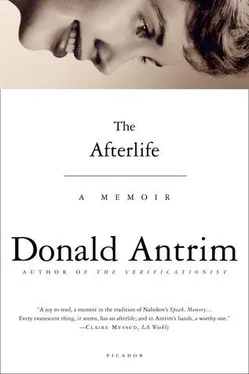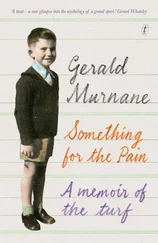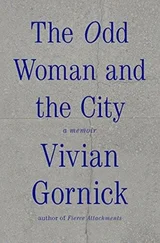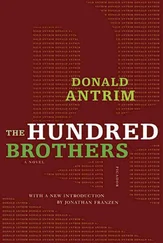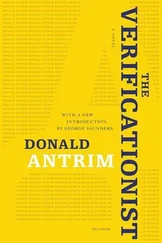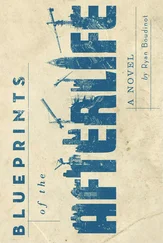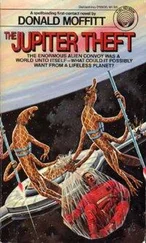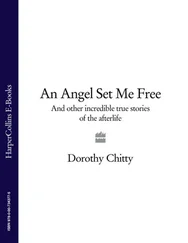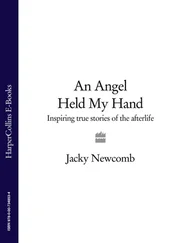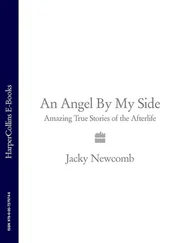But there is another story I want to get to, one that involves books. It takes place in Florida, in the Bauhaus-style house, the house surrounded by palms and tall pines. It was there that I began reading self-consciously, systematically, and acquisitively, which is to say that I began to take notice of myself in the act of reading, possibly because connections between books were becoming apparent and meaningful to me. J.R.R. Tolkien’s The Lord of the Rings trilogy was enjoying its hippie-era popularity; you had to read it, and I did, in elegant volumes that came packaged as a boxed set. That led to other boxed sets. Many were available in 1972, released by publishers hoping, presumably, to profit from readers’ hunger for experiences that could replicate, or nearly replicate, the Tolkien trip, which was perceived by many people as a vast world-reordering — an end to unjust war and postindustrial tyranny — carried out by barefoot commune dwellers. It wasn’t Tolkien’s argument that sold me on The Lord of the Rings , however. I was attracted, I think, to what might be called the narrative’s spirit, which is expressed technically in the rules and laws that both create and govern Middle Earth’s complex network of societies, each with its own language and history, its codes of behavior and its embattled relationship to good or evil, even its own magic. The awakening in adolescence to systems of social and psychological interdependence, magical and otherwise, was, for me, a quiet revelation. I wanted more multivolume flights into inner space. Books let me in on my own capacity for following connections — the peaceful farmers may live far from the shadows beneath the mountain of death, but they can reach that darkness if they listen to the talking trees; a reader may doubt the legitimacy of worlds not his own, but he can traverse those worlds nonetheless, if he keeps turning pages — and, before long, the connections that mattered were to other books.
One was H. G. Wells’s The Island of Dr. Moreau , the story of a mad scientist who uses a remote island as a kind of fortified preserve for his living creations, half human and half animal, the mutilated products of laboratory experiments in the nineteenth-century pseudoscience of vivisection who roam the jungle in states of agony and rage at their master. The Island of Dr. Moreau spoke to me. It came in a set of Wells’s sciencefiction novels, The Invisible Man, The War of the Worlds, The Time Machine, The Food of the Gods, and so on, each, as far as I was concerned, a fairly thorough rendering in metaphor of some aspect of the human condition. I had C. S. Lewis’s Out of the Silent Planet, Perelandra, and That Hideous Strength , which, as it turns out, are about alternate worlds only to the extent that they are, like the epics of Tolkien, also about Christianity; and I remember, too, a set of truly strange works by E. R. Eddison, a mostly forgotten English writer of sometimes impenetrable medieval-style romances. Eddison’s The Worm Ouroboros —the title refers to a dragon swallowing its own tail, graphically illustrating circularity and never-endingness — prepared me for The Nibelungenlied, the “Song of the Nibelung,” a reading assignment set for me in the tenth grade by my German teacher as punishment for disrupting class and shirking on homework. Frau Webb thought she was going to stump me, but I was, by then, very conversant with the smiting of heads and quaffing of mead, the aura of celebrated death that can be found in northern European sagas.
I remember a girl named Eileen who sat behind me in German class. I used to turn around in my desk frequently, to look at her legs. School in Miami in the 1970s was an erotic ordeal, because the girls came dressed for the beach. Sometimes when the bell rang I was forced by my erection to stay at my desk for a minute or two before staggering off to the next period. I carried my books in front of my dick.
Anyway, the books. It wasn’t only their interiority that mattered to me. I cared for their materiality. A book of good weight, that opened nicely to reveal clean text on grained paper, functioned satisfyingly as the physical container of its familiar or unfamiliar worlds, making more concrete, more apparently real, the author’s inventions. Many years after the time which concerns me here, after I was grown up, living in New York and publishing books of my own, I visited the Folger Library in Washington, where, in a subterranean vault, I was shown the library’s immense collection of early printed works, including the world’s largest accumulation of first-folio and quarto editions of Shakespeare. For some reason, my guide had no problem with my handling the books, and I walked along the shelves, taking down not only Shakespeare but Chaucer and Sir Philip Sidney I remember opening Sidney’s Arcadia, a massive and dense prose work, a sort of cosmology of Elizabethan love and politics, written for the author’s sister, the Countess of Pembroke. The pages of the volume in my hand showed, in almost stunning relief around each letter, the heavy impressions left by the press. The array of letters shaped into words, words into sentences, and sentences into paragraphs seemed perfect, as if the book’s maker had precisely known the textual disposition most likely to encourage the eye’s movement down the page. Published near the close of the sixteenth century, the Arcadia opens with a dedication to the Countess:
Here now have you (most deare, and most worthy to be most deare Lady) this idle work of mine: which I fear (like the Spiders webbe) will be thought fitter to be swept away, then worn to any other purpose. For my part, in very trueth (as the cruell fathers among the Greekes, were woont to doo to the babes they would not foster) I could well find in my harte, to cast out in some desert of forgetfulness this child, which I am loath to father. But you desired me to doo it, and your desire, to my hart is an absolute commandment. Now, it is done onelie for you, onely to you: if you keepe it to your selfe, or to such friendes, who will weigh errors in the ballaunce of good will, I hope, for the fathers sake, it will be pardoned, perchance made much of, though in it selfe it have deformities ….
I was hooked by the words on the page and by the page itself, pliable and tough, stained, deep in the paper’s weave, with flecks of dark color. The binding was limber. I was breathing quickly. I’d been curious to see the Folger’s books, yet had not anticipated their durability and powerful tactile appeal. They’d existed for such a long time. As my guide and I rode the elevator back up to the main reading room, I wondered who I might call on the phone. To whom could I blurt out the excitement of peering into these books? As I remember, I called my father, who listened patiently while I described the sensation of holding the Arcadia and the Shepherd’s Calendar and A Midsummer Night’s Dream . What I am getting at is the idea that books do not in all cases merely convey the content on their pages; in some fundamental respect, books, especially the most beautiful, shelter and accommodate their contents.
I wanted beautiful books. I wanted to know what my father knew but would not, or could not, standing uncomfortably before the shelves in our sunken living room in Miami, say to me. And so I began to make a library of my own.
One night, a month before Christmas, 1972, we were sitting at dinner in the house in the jungle, when my father made a proposal. His proposal was not directed toward me in particular, yet it contained an acknowledgment of, if not an answer to, the questions I’d been asking him about literature. He offered a Christmas in which he, my mother, my sister, and I would give and receive books. We’d keep things simple and not overspend. We’d have a book Christmas.
Читать дальше
